Book of the Day Roundup June 22-26, 2020
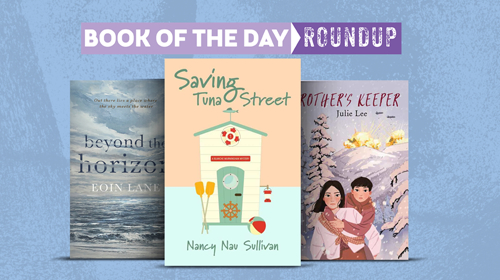
Brother’s Keeper
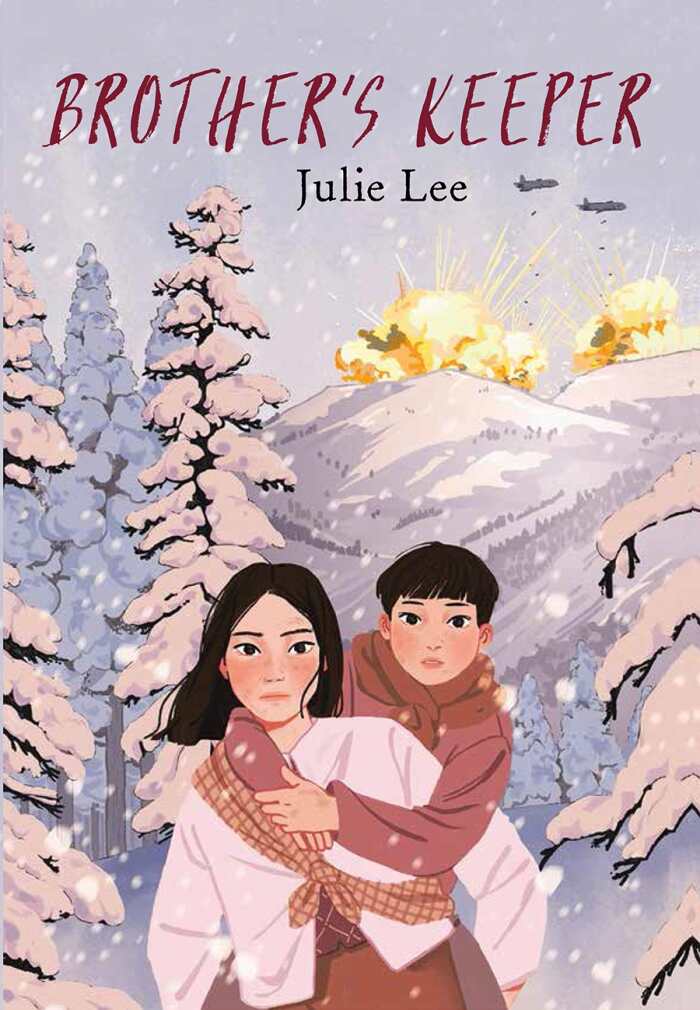
Julie Lee
Holiday House
Hardcover $17.99 (304pp)
978-0-8234-4494-6
Buy: Local Bookstore (Bookshop)
In North Korea in 1950, twelve-year-old Pak Sora sees her father only when he arises from the hole the family of five has dug for him in the backyard so that he can avoid being conscripted into the army. The family cowers in place as friends disappear and the Communist fervor lathers into war. Julie Lee’s harrowing novel is a sobering reminder that even the youngest citizens pay the tolls of war.
Pak Sora and her family flee in the night, joining hundreds of others as they make their way south, toward freedom. When a bomb falls, Sora and her eight-year-old brother Youngsoo are separated from their family and try to make their way, alone, to safety. Snow, starvation, sickness, enemy soldiers, and even strangers interfere; the two children have only each other.
Sora also bears the knowledge that, as a daughter, her great importance lies in saving her brother, the treasured, first-born son. Her existence is subjugated to his. Her education ended so that she might watch over him and his brother. Repeatedly, what little opportunity Sora might have is lost to honor her brothers, which complicates her relationships with them and with her mother.
The narrative makes a painful reality of the deprivation that people faced when fleeing their homes, from rummaging through deserted homes for grains of rice or spoiled kimchee to scratching at lice until they bled. Sora strengthens as she makes her own decisions; these are amplified by quick flashbacks that juxtapose the rosy past with the daunting present.
At its heart, Brother’s Keeper is about families and how they overcome hardship and loss. The Korean War and Korean culture act as a powerful setting for this work, and the strength and sorrow of Sora and Youngsoo are haunting.
CAMILLE-YVETTE WELSCH (April 27, 2020)
Beyond the Horizon
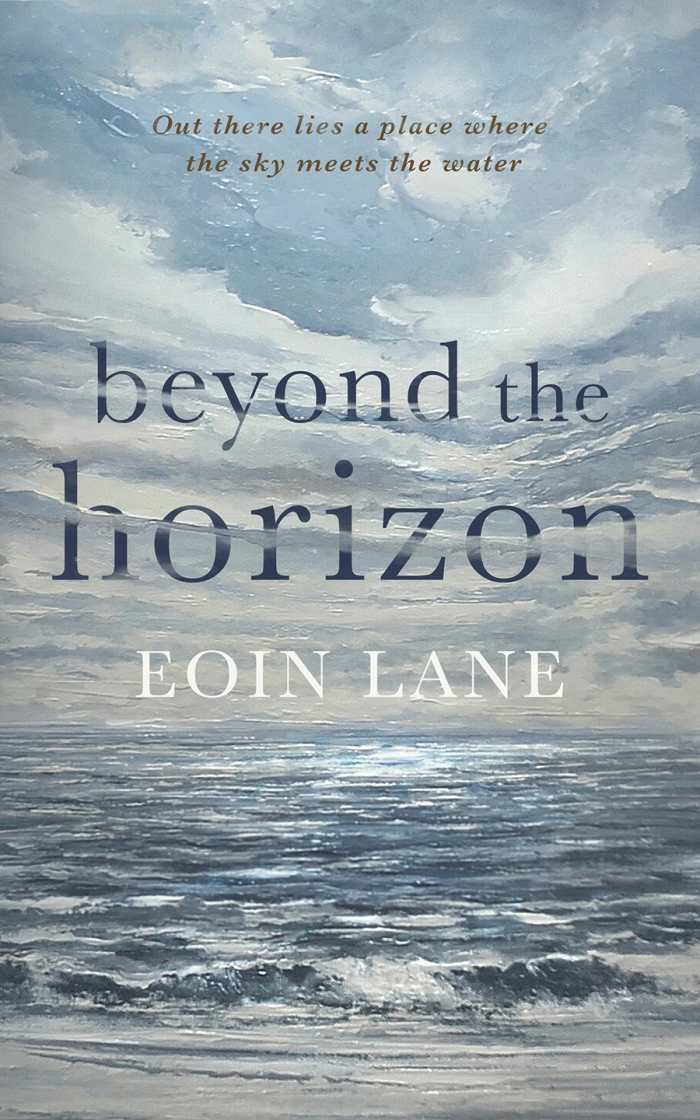
Eoin Lane
Blackstone
Hardcover $27.99 (327pp)
978-1-982641-54-2
Buy: Local Bookstore (Bookshop)
Trials and tragedies can spur artists to great heights, but they can also undermine everything they’ve worked for. Such is the weighty conundrum behind Eoin Lane’s Beyond the Horizon, about six decades of an artist’s life on the breathtakingly beautiful shores of Ireland.
The story is framed around the present-day encounters of an inquisitive photographer and hermit-like landscape painter, Colin. Colin’s father was claimed by the wild waters of the Atlantic when he was young; the tragedy led Colin to a lifelong obsession with the sea. His adulthood is shadowed by his tumultuous romance with Aisling, a troubled soul who both inspires and hinders his artistic progress.
A painter himself, Eoin Lane recounts Colin’s struggles to develop his craft and find his own artistic voice with convincing clarity. Whenever Colin meets a new painterly challenge head-on with innovative brush strokes and approaches, Lane’s spare but precise prose sings.
Colin’s quest to create the perfect painting pushes him physically as well as emotionally. He travels to remote, inhospitable locations for inspiration, all of which are captured with striking imagery. The brisk narrative also underlines the major push-pull contradictions that most artists confront: the lure of creating more commercially successful work versus following one’s muse, or how the artist’s essential solitude takes a toll on marriage and any hope for a normal, solid family life.
In comparison to these incisive depictions of an artist at work, Colin’s ragged romance with Aisling, and a love triangle involving an old college friend, is more conventional, even a bit rote. But as Colin’s quest leads him from Ireland to the United States, Italy, and back again to Ireland for a poignant conclusion, Lane spins a thoughtful tale of artistic integrity and redemption.
HO LIN (April 27, 2020)
Saving Tuna Street
A Blanche Murninghan Mystery
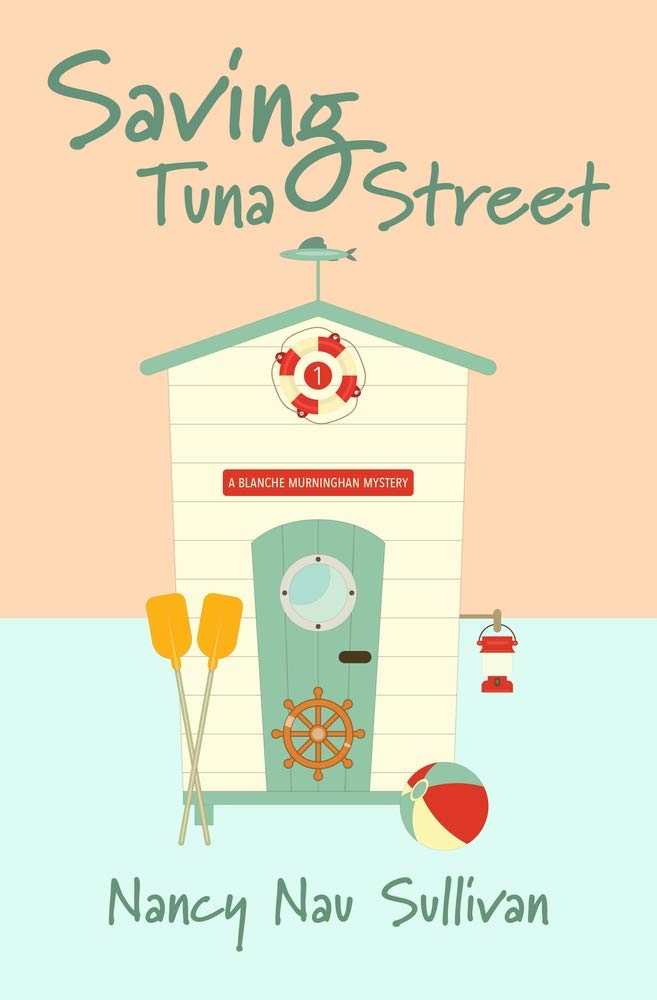
Nancy Nau Sullivan
Light Messages
Softcover $14.99 (282pp)
978-1-61153-330-9
Buy: Local Bookstore (Bookshop)
Nancy Nau Sullivan’s Saving Tuna Street is a small-town mystery whose spunky heroine wants to preserve her beloved neighborhood.
Blanche doesn’t just live in Santa Maria: she’s part of the island, like its mangrove trees and wild parrots. But her slice of paradise is threatened by quick-talking land developers with slick business offers. They would keep Blanche, an inquisitive reporter, busy enough, but circumstances take a personal turn: a good friend who is opposed to the land deals is found dead. Following her instinct despite warnings, Blanche makes an intriguing ally as she works to uncover the truth.
Santa Maria’s island dwellers are rendered well, their idiosyncratic histories delivered in time with mouthfuls of colloquialisms that bring them to life. They make the community feel close, though the straightforward delegation of residents versus outsiders dampens the mystery somewhat. Indigenous Haasi, whose speech is cryptic and who is unfamiliar with some modern concepts, risks falling into tropes; still, Haasi is a capable, careful lead, and she helps Blanche to gather information. Haasi’s appreciation of nature mirrors Blanche’s preservationist morals.
Florida’s flora and fauna are highlighted in Blanche and Haasi’s musings. Santa Maria’s beauty is matched by the danger of its hurricanes and wayward weather, resulting in drama: Blanche’s house is damaged, and her anxieties about losing multiple aspects of her home are amplified. The mystery’s resolution is entertaining, featuring love connections, cast latecomers, and Haasi and Blanche’s inventiveness.
The chosen family dynamics of island life are a highlight of the cozy mystery Saving Tuna Street, and greedy profiteers are its villains.
DELIA STANLEY (June 22, 2020)
This Is How We Change the Ending

Vikki Wakefield
Text Publishing
Softcover $11.95 (320pp)
978-1-922268-13-6
Teenagers take charge in Vikki Wakefield’s coming of age tale, This Is How We Change the Ending.
Nate and his best mate Merrick take the scenic route home each day from school to avoid the local tough guys. The back roads make for a much longer commute, but Nate isn’t in a hurry to be home. His father and stepmother keep their household in a state of dysfunction—his father by taking over Nate’s bedroom to harvest illegal marijuana. Nate now shares a room with his three-year-old twin brothers, with his stepmother overwhelmed and ill-equipped to navigate the situation.
Like other kids in his school, Nate doesn’t have high expectations for the future. But then a single teacher, Mr. Reid, takes interest in Nate’s potential. Still jobless after submitting one hundred applications, Nate spends his free time at YouthWorks, a youth center, and works to blend into the background.
Then Merrick takes a sudden, dangerous turn, dropping out of school and teaming up with local petty criminals to earn a living. YouthWorks’ future is threatened, too, and Nate’s private writings wind up as protest graffiti. Nate knows it’s time to take a stand for YouthWorks, himself, and his brothers.
The novel evokes frustration with, and sympathy for, its characters, detailing neglect and the social hierarchy at the school. Commentary on opportunities arises: Mr. Reid takes students to a job fair at a well-resourced private school, but the students come away dejected, not inspired, because of the rich kids and the recruiters’ lists of education requirements. Still, Mr. Reid’s mentorship is not without effect: he coaxes Nate out of obscurity to speak for the truly voiceless.
In the complex novel This Is How We Change the Ending, examinations of disadvantage and hopelessness lead to brilliant revelations.
TANISHA RULE (April 27, 2020)
Mansour’s Eyes
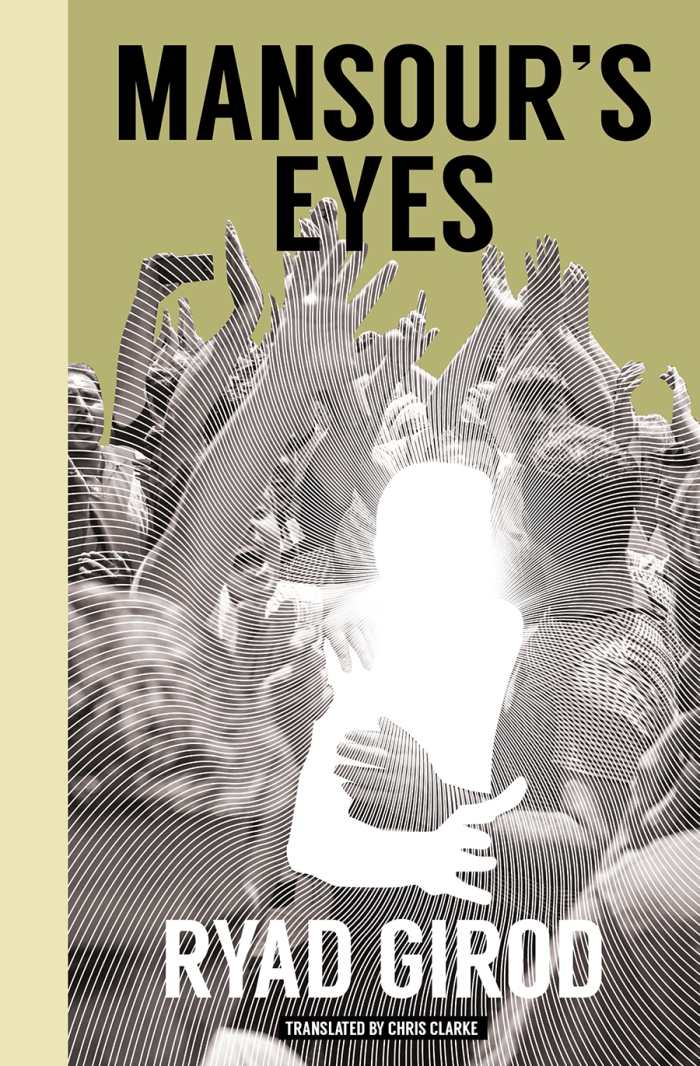
Ryad Girod
Chris Clarke, translator
Transit Books
Softcover $15.95 (160pp)
978-1-945492-36-5
Buy: Local Bookstore (Bookshop)
Ryad Girod’s haunting novel, Mansour’s Eyes, is threaded with Middle Eastern cultural and geopolitical sagas.
Hussein was an anguished observer on the day his friend, Mansour, was led through the streets and decapitated in the main square of Riyadh, Saudi Arabia. He returns to the moment often, looking into his friend’s eyes and feeling the fear and sadness of his impending death. The few days and hours before that moment are reconstructed: in which Mansour was deemed terminally ill. In which Hussein fell in love with a married woman, who only desired Mansour. In which Hussein became jealous.
Mansour’s connection to an ancestor—the Emir Abdelkader, a military and political leader in Algeria’s struggle against French colonization—is also a point of focus. There are fluid transitions between the book’s thoughtful, dreamlike sections, its drama between Mansour and Hussein, its accounts of Abdelkader’s life, and its coverage of a Sufi mystic, Mansur Al-Hallaj. Glancing references to Arab history arise.
Hussein drifts between the past and the present, and the novel is lyrical and dizzying around him. Like the sand from the desert where Mansour goes to think, his stream of consciousness thoughts shift between cultural locations. A misunderstanding during Mansour’s heresy trial mirrors moments of Abdelkader’s life; and Hussein offers a defense of his friend drawn straight from the trial of Mansur Al-Hallaj. These parallels culminate in non-parallel endings, which draw clear, complex connections and suggest that the post-Arab Spring world is distinct from the past. It’s a satisfying culmination of the book’s many threads.
Mansour’s Eyes is an emotional historical novel in which the modern world is shown to have influenced Middle Eastern identities.
LAURA LEAVITT (June 22, 2020)
Barbara Hodge
